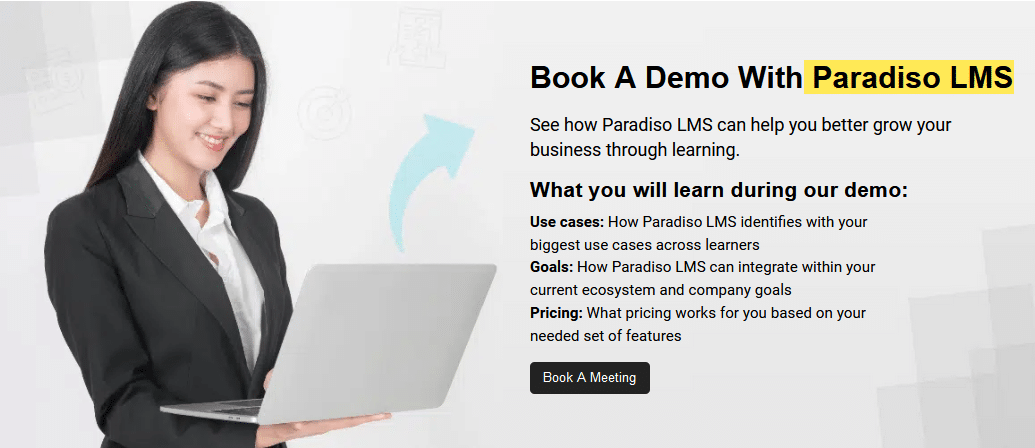What is Decentralized Autonomous Learning (DAL)?
Decentralized Autonomous Learning (DAL) represents a transformative approach to education, emphasizing learner autonomy, self-direction, and the integration of decentralized technologies. Unlike traditional educational systems governed by centralized institutions, DAL operates on decentralized frameworks, often leveraging blockchain technology and smart contracts to create transparent, self-governing learning environments.
DAL systems are designed to empower individuals to take control of their educational journeys. Through decentralized learning platforms, learners can set personalized goals, choose learning pathways, and even participate in governance decisions. This model fosters a more democratic, flexible, and inclusive approach to education, breaking down barriers imposed by geographical locations, institutional biases, and rigid curricula.

















